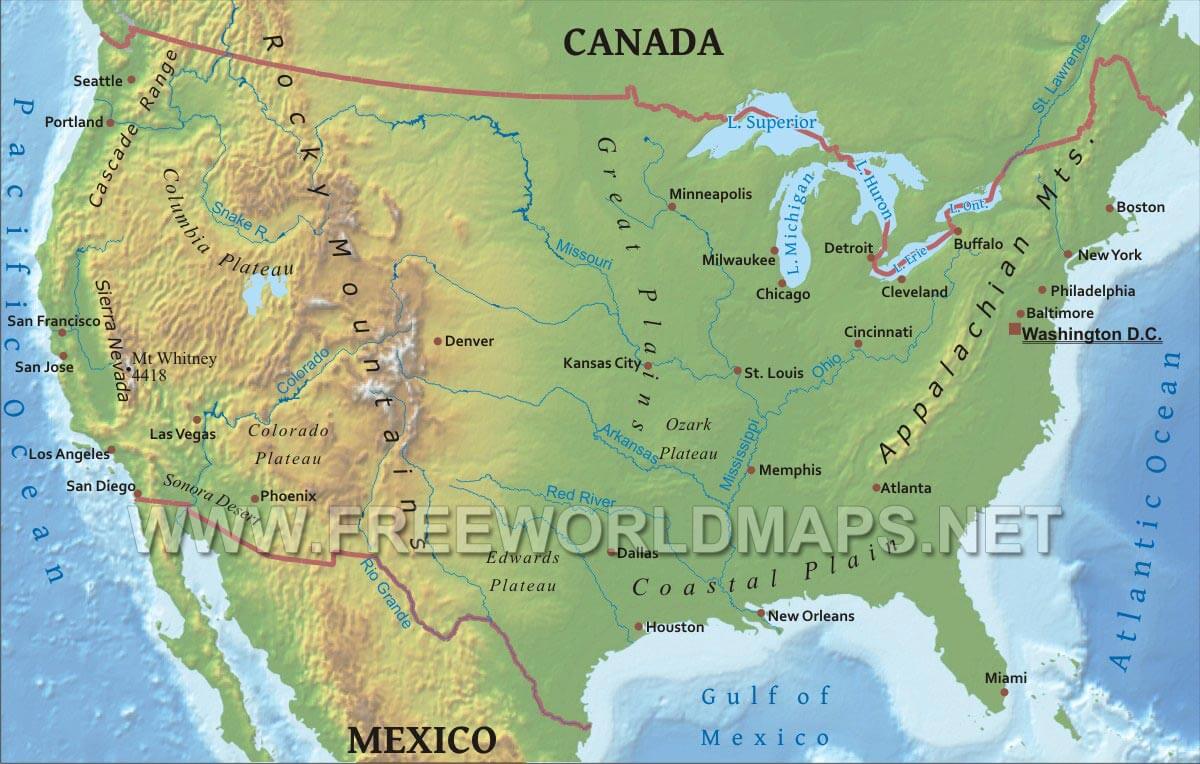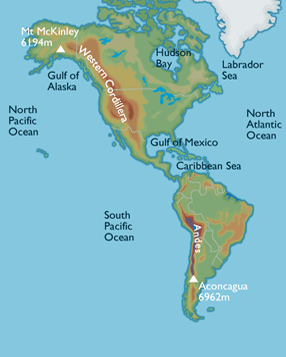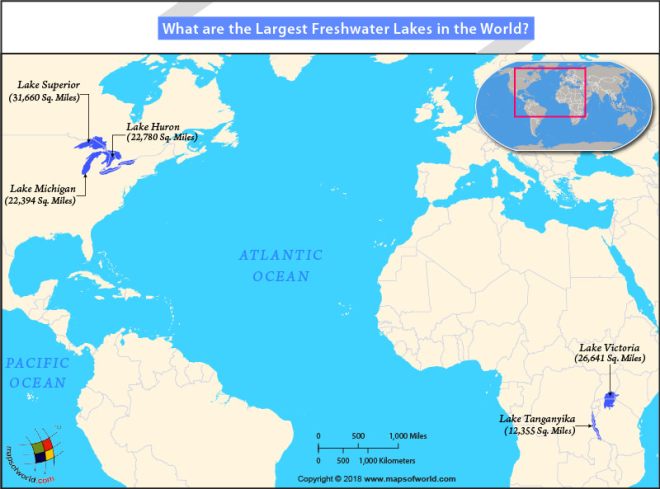GetStudySolution
Getstudysolution is an online educational platform that allows students to access quality educational services and study materials at no cost.
NCERT Solutions for Class 8 Geography chapter 3 – Minerals and Power Resources
Back Exercise
Question 1: Answer the following questions.
(i) Name any three common minerals used by you every day.
(ii) What is an ore? Where are the ores of metallic minerals generally
located?
(iii) Name two regions rich in natural gas resources.
(iv) Which sources of energy would you suggest for:
(a) rural areas (b) coastal areas (c) Arid regions
(v) Give five ways in which you can save energy at home.
Answers
(i) The three common minerals used every day are - iron, copper and salt.
(ii) A naturally occurring rock or sediment (that contains desirable minerals,typically metals,) from which a metal or valuable mineral can be extracted profitably.
Generally, metallic minerals are found in igneous and metamorphic rock formations that form large plateaus. While others occur in sedimentary rocks.
(iii) Russia, Norway, UK and the Netherlands are the regions in the world rich in natural gas. In India Jaisalmer, Krishna Godavari delta, Tripura and some areas off shore in Mumbai are rich in natural gas.
(iv)The sources of energy according to area are as follows:
(a). Rural Areas: The biogas is one of the best sources of energy as per its availability and cost.
(b). Coastal Areas: Hydel and tidal energy.
(c). Arid Regions: Wind and solar energy as per speed of air and availability of sunlight.
(v)The five ways in which energy can be saved at home are as follows:
(a) Switching off electrical appliances and equipment when not in use.
(b) Regular overhauling of electrical appliances.
(c) Use of energy efficient technologies and equipment.
(d) Using energy sparingly while performing household tasks. For example, one can put a lid on kitchen utensils while cooking.
(e) Preventing any possibility of leakages in the energy supply to the household.
Question 2: Tick the correct answer.
(i) Which one of the following is NOT a characteristic of minerals?
(a) They are created by natural processes.
(b) They have a definite chemical composition.
(c) They are inexhaustible.
(d) Their distribution is uneven.
(ii) Which one of the following is NOT a producer of mica?
(a) Jharkhand
(b) Karnataka
(c) Rajasthan
(d) Andhra Pradesh
(iii) Which one of the following is a leading producer of copper in the world?
(a) Bolivia
(b) Ghana
(c) Chile
(d) Zimbabwe
(iv) Which one of the following practices will NOT conserve LPG in your
kitchen.
(a) Soaking the dal for some time before cooking it.
(b) Cooking food in a pressure cooker.
(c) Keeping the vegetables chopped before lighting the gas for cooking.
(d) Cooking food in an open pan kept on low flame.
Answers
(i) (c) They are inexhaustible.
(ii) (b) Karnataka
(iii) (c) Chile
(iv)(d) Cooking food in an open pan kept on low flame.
Question 3: Give reasons.
(i) Environmental aspects must be carefully looked into before building
huge dams.
(ii) Most industries are concentrated around coal mines.
(iii) Petroleum is referred to as “black gold”.
(iv) Quarrying can become a major environmental concern.
Answers

Question 4: Distinguish between the followings.
(i) Conventional and non conventional sources of energy.
(ii) Biogas and natural gas.
(iii) Ferrous and nonferrous minerals.
(iv) Metallic and nonmetallic minerals.
Answers
(i) This statement is true.
Plains and river valleys offer suitable land for agriculture.
Hence, these are densely-populated areas of the world.
(ii) This statement is true.
Though water is present in abundance, fresh water is a scarce resource.
Water availability is a serious problem in many regions of the world. Due to the wastage of water, deforestation, and the pollution
and depletion of fresh water reserves (such as rivers and ground water), the availability of water is fast declining.
(iii) This statement is false.
The described process is called shelter belts.
Intercropping is the process in which different crops are grown in alternate rows, and are sown at different times
to protect the soil from rain wash.
(iv) This statement is false.
Human interferences and climatic changes for the most part adversely affect the balance of the ecosystem.
Question 5: Activity.
Discuss some more reasons..................change over the years?
Answers
The answer may vary from student to student
In-Text Questions
Let’s do
Question 1:
Identify the
Canadian Shield,
the Appalachians,
Western Cordilleras
and Lake Superior
with the help of an
atlas.
Answers
Canadian Shield,
the Appalachians,

Western Cordilleras,

Lake Superior,

Question 2:
List uses of any
five minerals.
Answers
Uses of five minerals:
1) Aluminium : Used in transportation (automobiles), packaging, building / construction, electrical, machinery and other uses.
2) chromite : Used as an alloy and in stainless and heat resisting steel products. Used in chemical and metallurgical industries (chrome fixtures, etc.) Superalloys require chromium.
3) cobalt : Used primarily in superalloys for aircraft gas turbine engines, in cemented carbides for cutting tools and wear-resistant applications, chemicals (paint dryers, catalysts, magnetic coatings) and permanent magnets.
4) Copper : Used in building construction, electric and electronic products (cables and wires, switches, plumbing, heating); transportation equipment; roofing; chemical and pharmaceutical machinery; and alloys (brass, bronze and beryllium alloyed with copper are particularly vibration resistant); alloy castings; electroplated protective coatings and undercoats for nickel, chromium, zinc, etc.
5) Gallium : It has a new use in chemotherapy for some types of cancer.